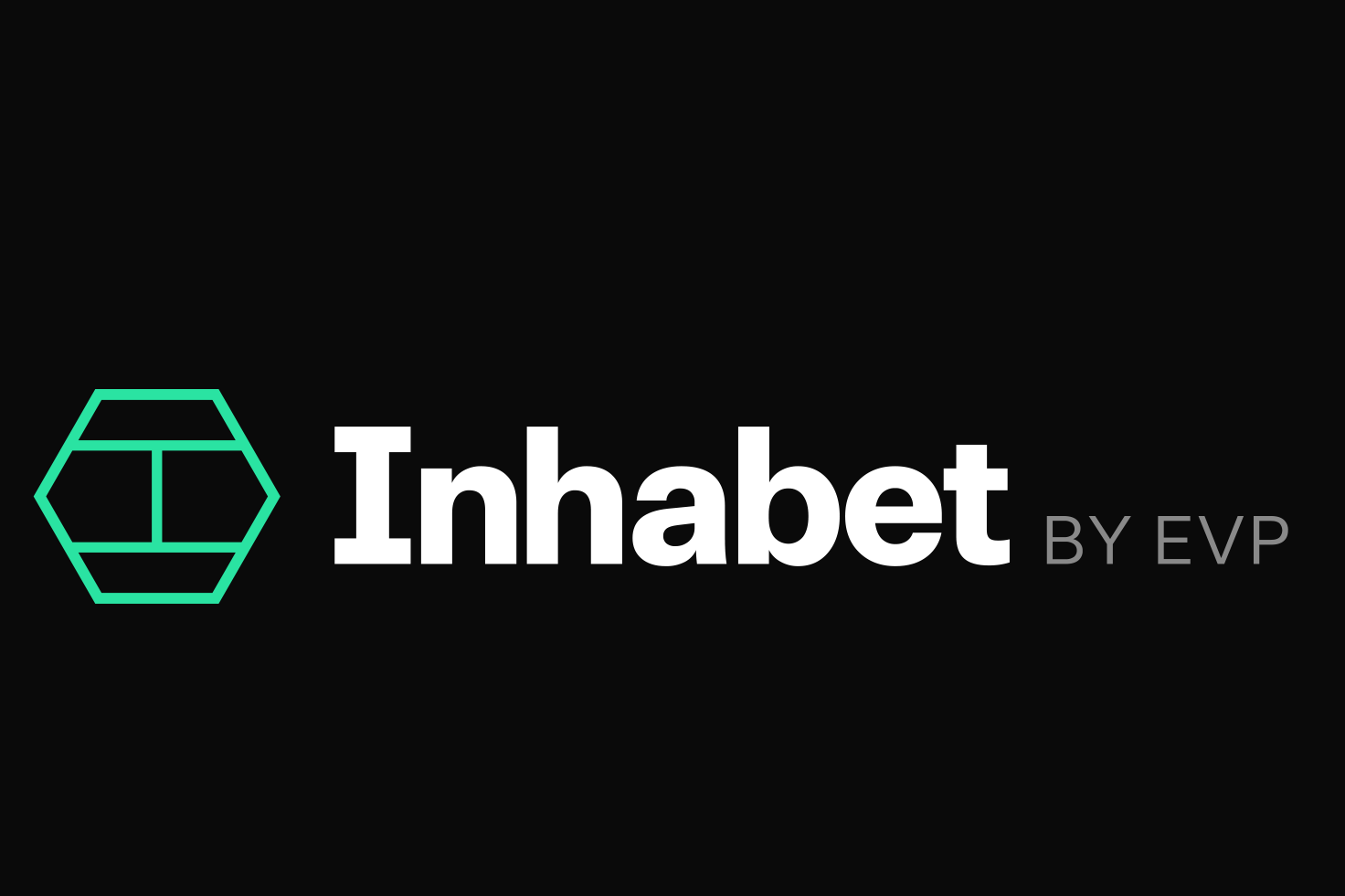Fannie Mae has found significant inaccuracies in appraisals with Collateral Underwriter® (CU) scores of 2.5 and lower.
“More than half of the lenders cited no appraisal findings in their QC reviews on loans where Fannie Mae cited appraisal findings. Fannie Mae found numerous examples of data integrity issues on appraisals with CU scores under 2.5.”
Fannie Mae “Quality Insider” Newsletter
This underscores the critical need for a proactive approach in appraisal review processes, both pre- and post-closing. Accurately identifying and mitigating risks is paramount for maintaining loan quality and ensuring compliance, and that means moving beyond the perceived security of low CU scores.
The Illusion of Security in Low CU Score Appraisals
Low CU scores, while generally indicative of lower perceived risk, do not guarantee the absence of significant appraisal inaccuracies. Such hidden discrepancies, particularly in property condition and quality ratings, pose considerable compliance challenges and financial risks for lenders. Fannie Mae went so far as to include a reminder in the above newsletter that “rep and warrant relief is only achieved on an appraisal with a sub-2.5 score if the subject is accurately described.”
Pre-Closing Appraisal Reviews: A Preventative Strategy
Effective risk management in the lending process begins with rigorous pre-closing appraisal reviews. This preventative strategy involves a detailed examination of appraisal reports for signs of data inconsistency or inaccuracies, ensuring that every aspect of the appraisal accurately reflects the property’s condition and market value. Implementing thorough pre-closing appraisal reviews helps identify potential issues early, mitigating risks before they affect the loan’s integrity.
The Value of AMC Partnerships
Partnering with an Appraisal Management Company (AMC) like Equity Valuation Partners (EVP) offers lenders a comprehensive approach to enhancing appraisal accuracy and compliance. AMCs provide expertise, advanced analytical tools, and a deep understanding of regulatory requirements, supporting lenders in the complex appraisal review process. By leveraging the services of an AMC, lenders benefit from a more nuanced and thorough appraisal review, streamlining the entire process, reducing delays, and improving overall loan quality.
Post-Closing Quality Control
After closing, a comprehensive approach to quality control remains vital. Lenders must rigorously evaluate the quality of appraisals and property data, ensuring all parties – including appraisers and data collectors – meet high standards of accuracy and compliance. Any discrepancies or defects with the potential to affect loan eligibility or property condition discovered post-closing must be reported to Fannie Mae via Loan Quality Connect. Additionally, lenders are tasked with maintaining quality control records for at least three years and subjecting these records to independent audits to confirm adherence to quality control protocols.
Conclusion
Recognizing the hidden risks in appraisals is essential for lenders aiming to ensure loan quality and compliance. A proactive, detailed appraisal review process is crucial. Partnering with an AMC provides lenders with the necessary tools and expertise to accurately identify and address appraisal-related discrepancies before closing, limiting the number of post-closing issues. Through such partnerships, lenders can navigate the complexities of the appraisal process with confidence, safeguarding against potential risks and ensuring a secure lending process.









